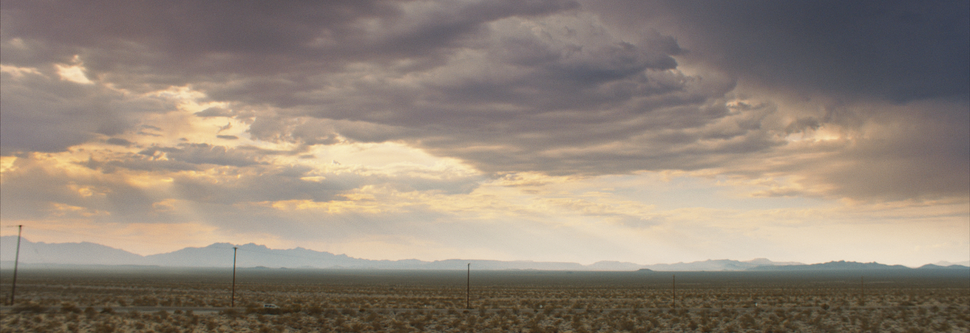
Vantage One T1 Sphericals Add Impact to Micro-Budget Film

Growing up in Estonia, Kadri Koop didn’t dare to dream of a career in the arts. “My parents are entrepreneurs, and my family was very open, and put no pressures on me,” she recalls. “I felt like I could do things, but the idea that I could have a voice, or go to film school – I didn’t know how to jump-start this process. It seemed out of reach.”
Her family valued travel, so Koop decided to expose herself to a wide variety of cultures as a way of gaining experience. Over the course of a decade, she attended seven different school on three continents. “Once I eliminated all the subjects I didn’t want to study, I was left with film,” she says with a laugh. “I found I wanted to be hands-on and surrounded by other people.”
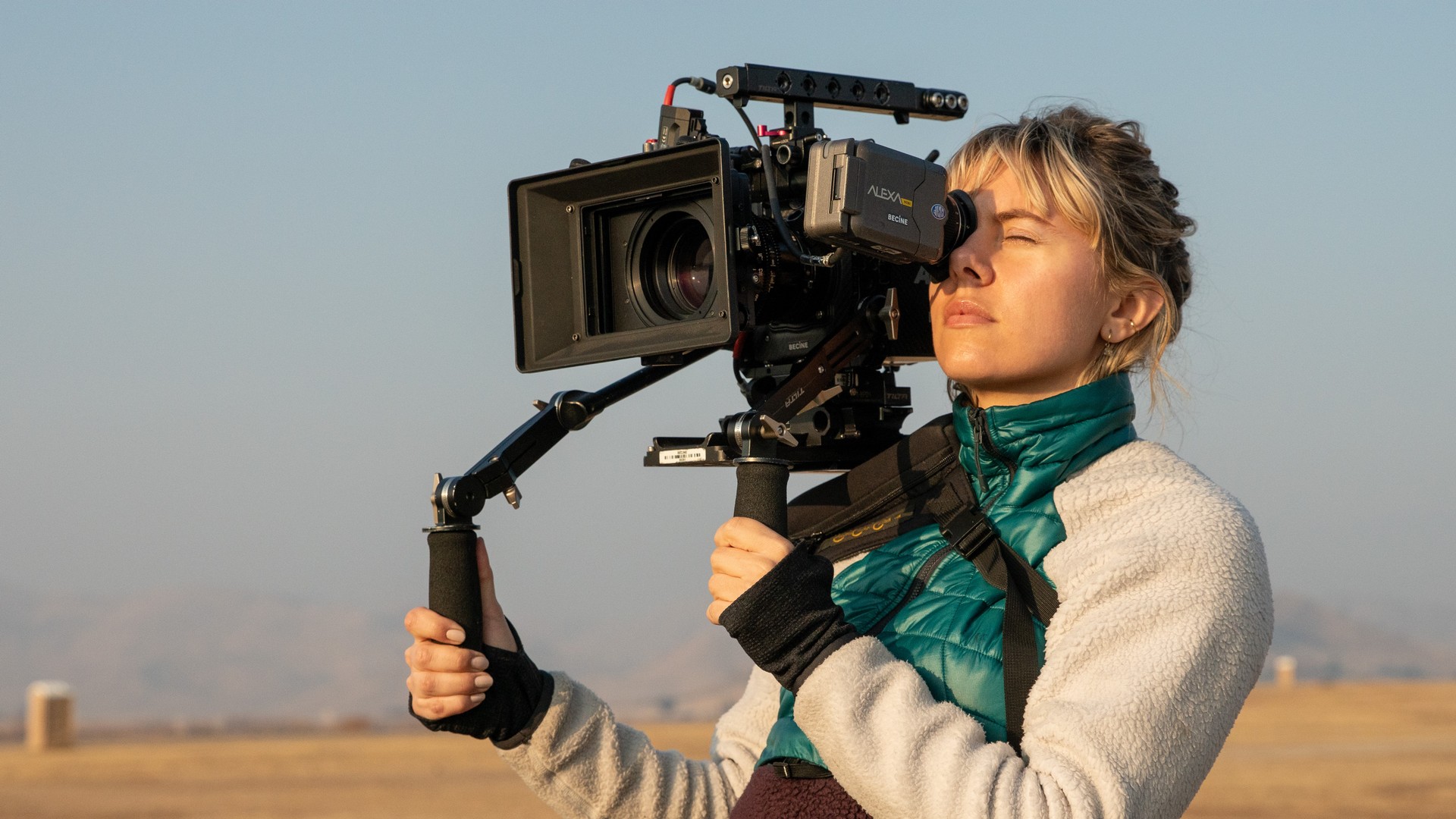 Cinematographer Kadri Koop during filming 'A Place in the Field'
Cinematographer Kadri Koop during filming 'A Place in the Field'
After making some films she describes as amateur, she still felt she needed guidance. A stint studying Chinese led to an interest in underground Chinese documentary film and a move to Beijing.
“I was 22,” she says. “I finally felt that I found what I wanted to do. It was the first time in life that my random skill set was appreciated.”
While earning a graduate degree in documentary at Stanford, she found that cinematography was the aspect of filmmaking that is most engaging, in part because it stands at the nexus of all the other departments. Eventually she applied to the American Film Institute in Los Angeles.
Today, she thrives at the intersection of documentary and fiction filmmaking, a sensibility that served her well on a recent music video project – Que Maldición, featuring Banda MS, Snoop Dogg and Becky G – which won 2021 Cinegear Film Series Competition in the Music Video/Commercial category. Koop’s most recent feature project, A Place in the Field, also benefits from her doc-trained eye. She shot both projects with Hawk lenses, choosing Hawk’s unique Vantage One spherical primes for the feature.
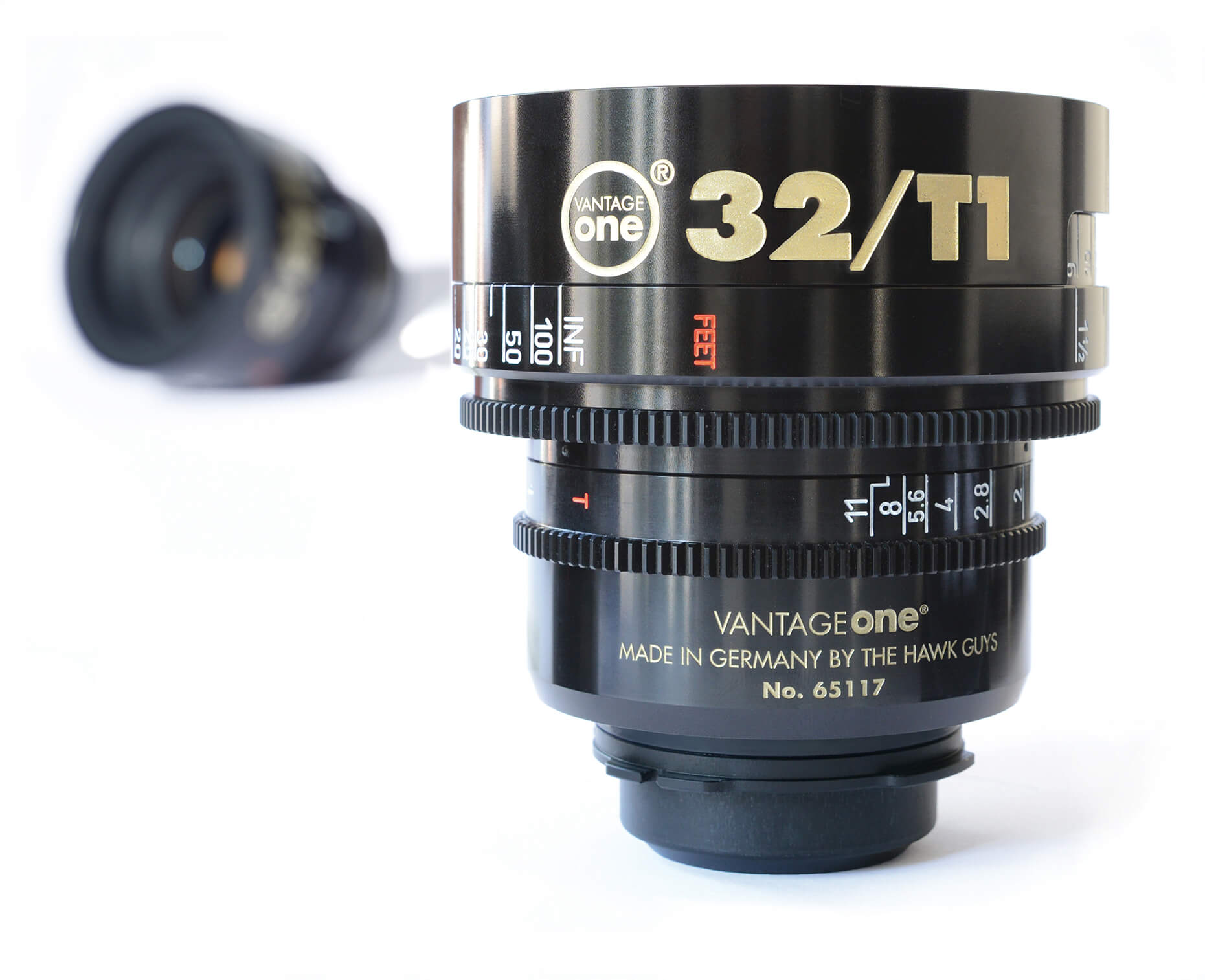
The script included extensive exterior settings, and director Nicole Ruben Mejia felt that a wider frame would enhance the vistas and landscapes. A 2.35:1 aspect ratio felt right for the micro-budget project. The script involves a military veteran dealing with PTSD, and the road-trip settings offered a wide variety of shooting situations.
Watch the trailer here.
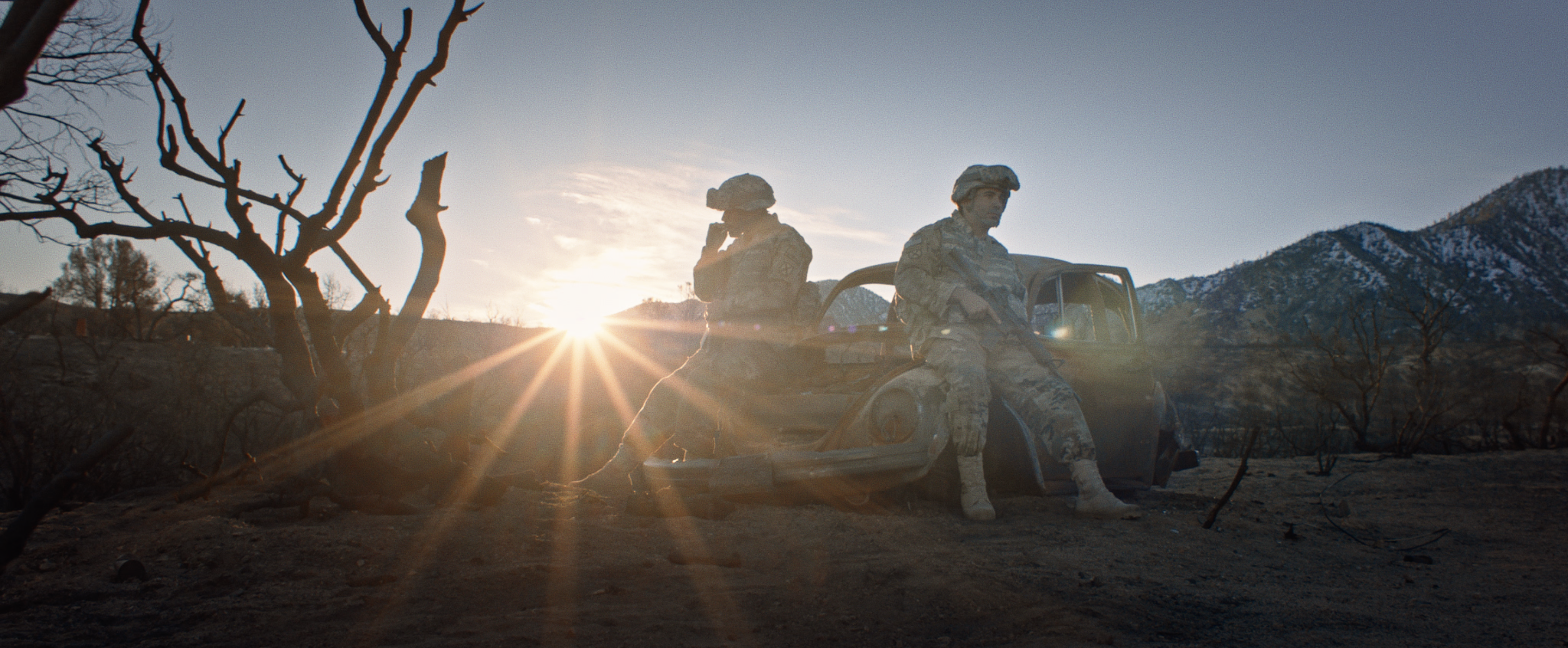
At first, Koop saw the endeavor as an opportunity to escape Covid isolation and to hone her skills as an operator. “Coming from documentary, I was confident in my ability to light with very little gear,” she says. “I don’t need a lot of tools or finessing. But it’s difficult to gain experience operating at AFI, because it’s something everyone wants to do.”
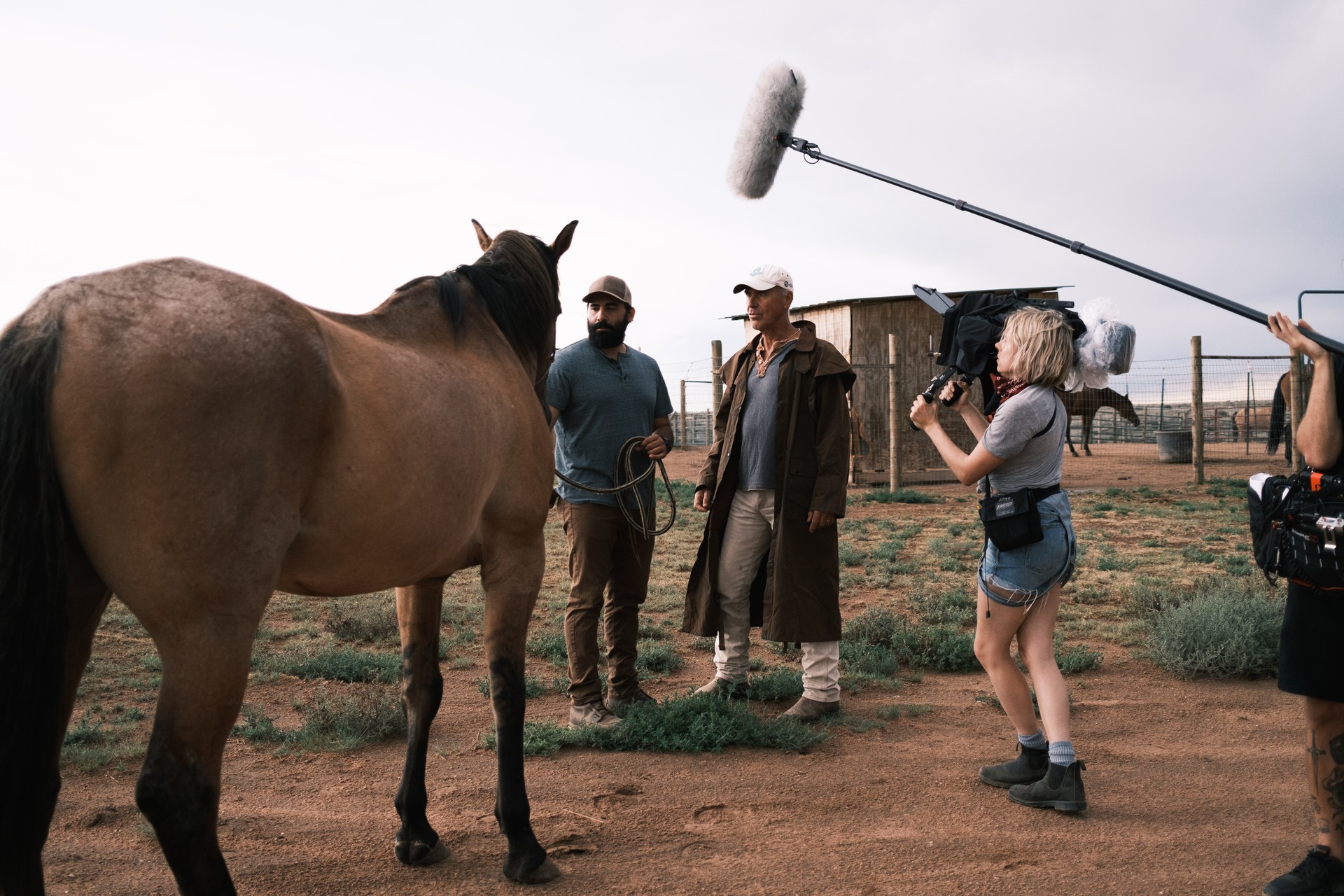
A Place in the Field became a crash course in camera operating, with seven weeks of shooting in intense heat in Arizona, New Mexico and California. The Covid slowdown made it a bit easier to find affordable gear. Illumination Dynamics helped with lighting, BECiNE with camera, and for lenses, she reached out to Hawk Anamorphic LA, asking for one lens with which to shoot the entire film.
“I didn’t really have the audacity to dream about Hawks, but David Goldsmith said, ‘We really believe in you,’ and offered me an entire set of the Vantage Ones,” Koop says.
The Vantage One line of spherical lenses offers a range of looks at different T-stops. At T2 and above, the look is flawless and modern, with superior image illumination and close focus. At T1.4 the results are a bit more forgiving, and at T1, the images take on a subtle creaminess that is perfectly suited for skin tones.
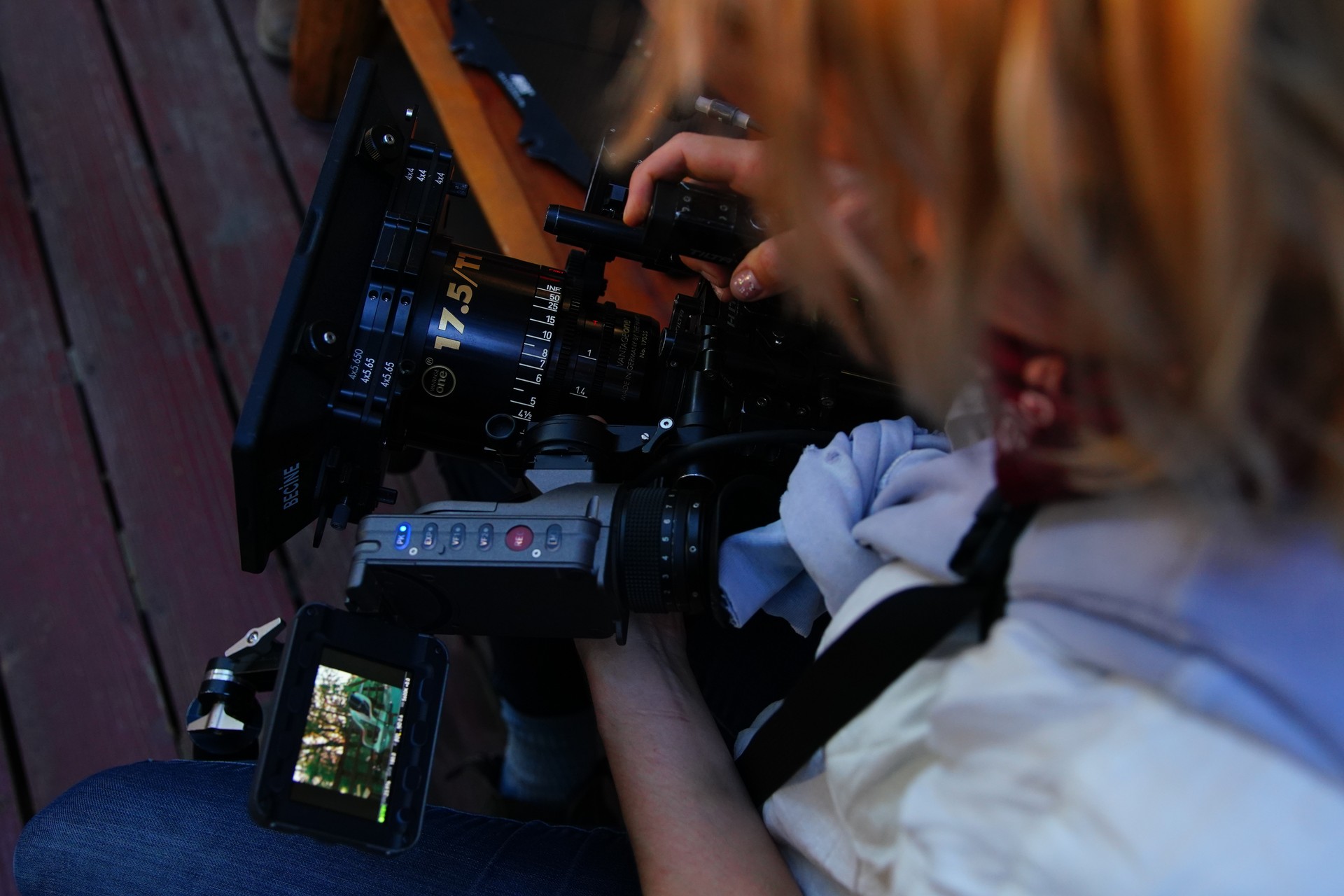
Slowly but surely, the project gained momentum. “It was an interesting time in Hollywood, because even established people were looking to do something,” Koop explains. “Some investors came aboard, and along the way, we became more professional. There was a process of maturation over the course of the whole shoot. I feel like I had an entire year of film school, just experimenting and learning from mistakes during the seven weeks. I learned a lot about lighting ambient night exteriors with just a couple units, and working with fire.”
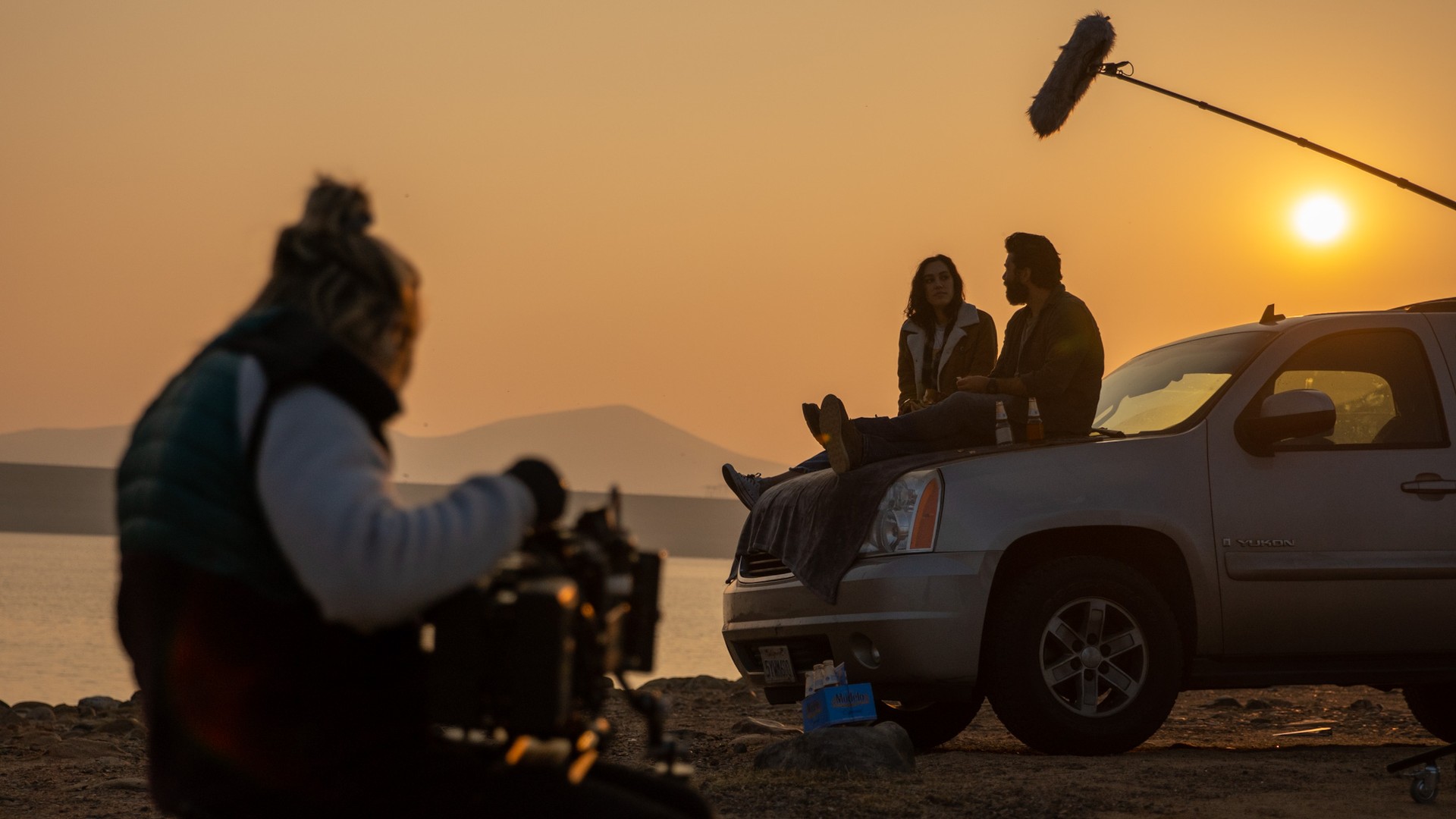
Koop reveled in the ability to choose from among nine focal lengths offered in a set of Vantage Ones. On Que Maldición, she had accomplished the entire job with two Hawk V‑Plus 2x anamorphics.
“To be limited to two lenses can really push you creatively, if you have the right director,” she says. “You tend to focus more on lighting and performance and camera placement. But on A Place in the Field, it was such a luxury to have a 17.5mm, a 21, a 25 and a 32.
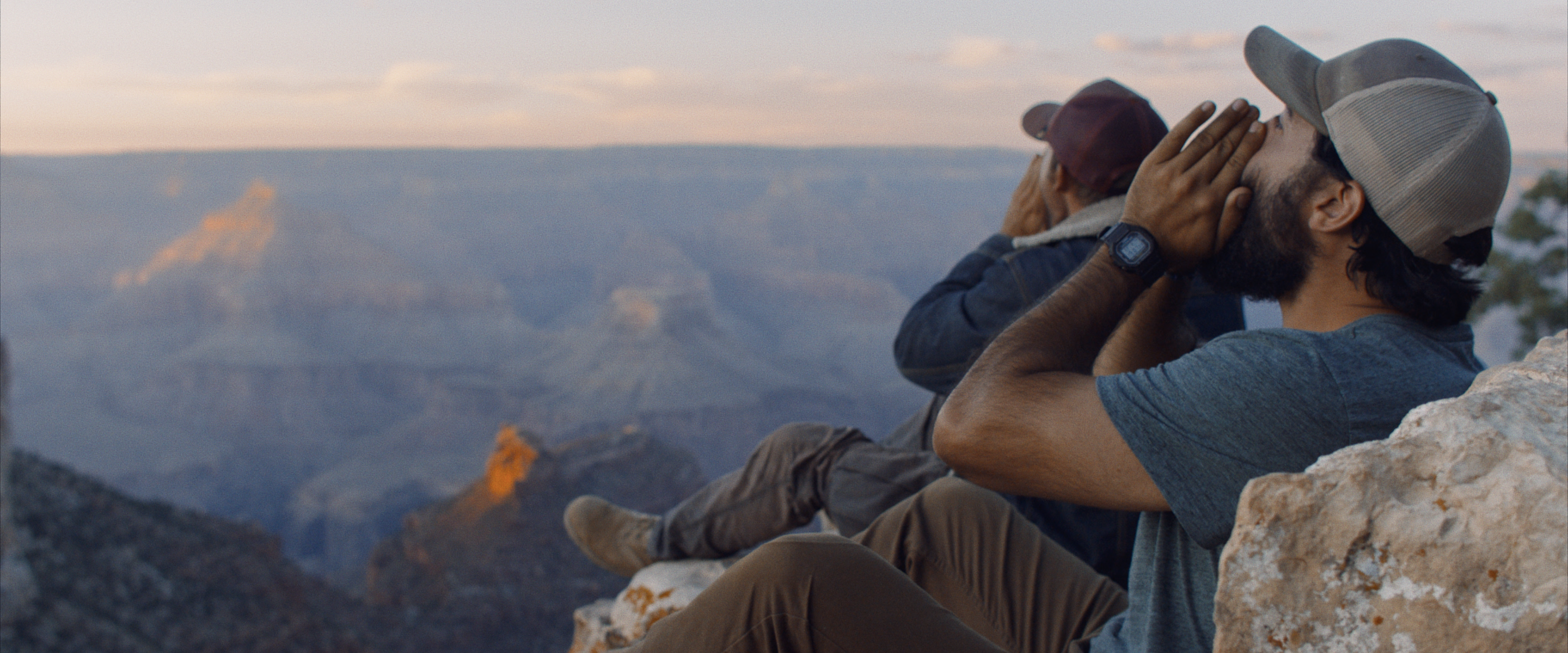
“We were also somewhat limited in controlling color, working mostly exteriors without a pre-LUT,” she says. “But the color rendition of the lenses is quite beautiful. There’s something really interesting that happens with the greens – they’re almost seafoam, or turquoise sometimes – and the way the flare bends feels right to me. When I looked back at the footage later, I saw how much the lenses were affecting the entire image.
“The characteristics of the glass really come through,” she says. “And in post with Fotokem’s senior colorist Alastor Arnold, we tried to take that even a little further, while desaturating a bit and also playing with the film grain. Sometimes, other lenses can look so boring. What you see is what you get. Sometimes, I’ve been surprised when I saw this footage. It looked so interpretive, with beautiful depth of field. That wouldn’t have been the case with a more standard, clean lens.”
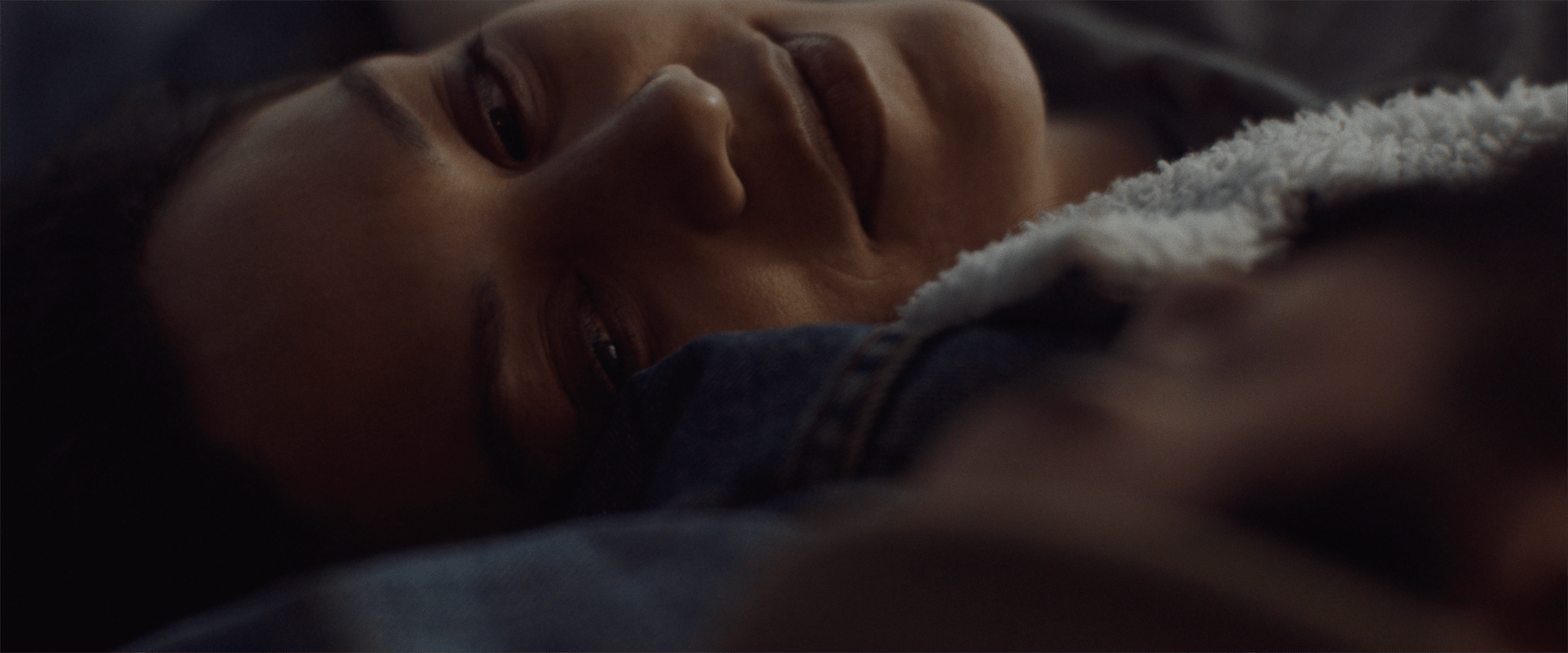
The Vantage One T1 sphericals also offer practical benefits, says Koop. “The user experience is often overlooked, but it’s a very important aspect. It’s incredible how easy they are to use. We had an amazing AC, but we were spread so thin. I could very quickly pop the lens on and off myself. These lenses would be perfect for documentary, because one person can easily manage the whole thing. The mechanics are excellent so nothing gets stuck or jammed. For a small-framed shooter, I could operate almost effortlessly for eight or ten hours a day. With an Alexa Mini, it was one of the lightest setups I’ve had. That was an important advantage especially given the working conditions.”
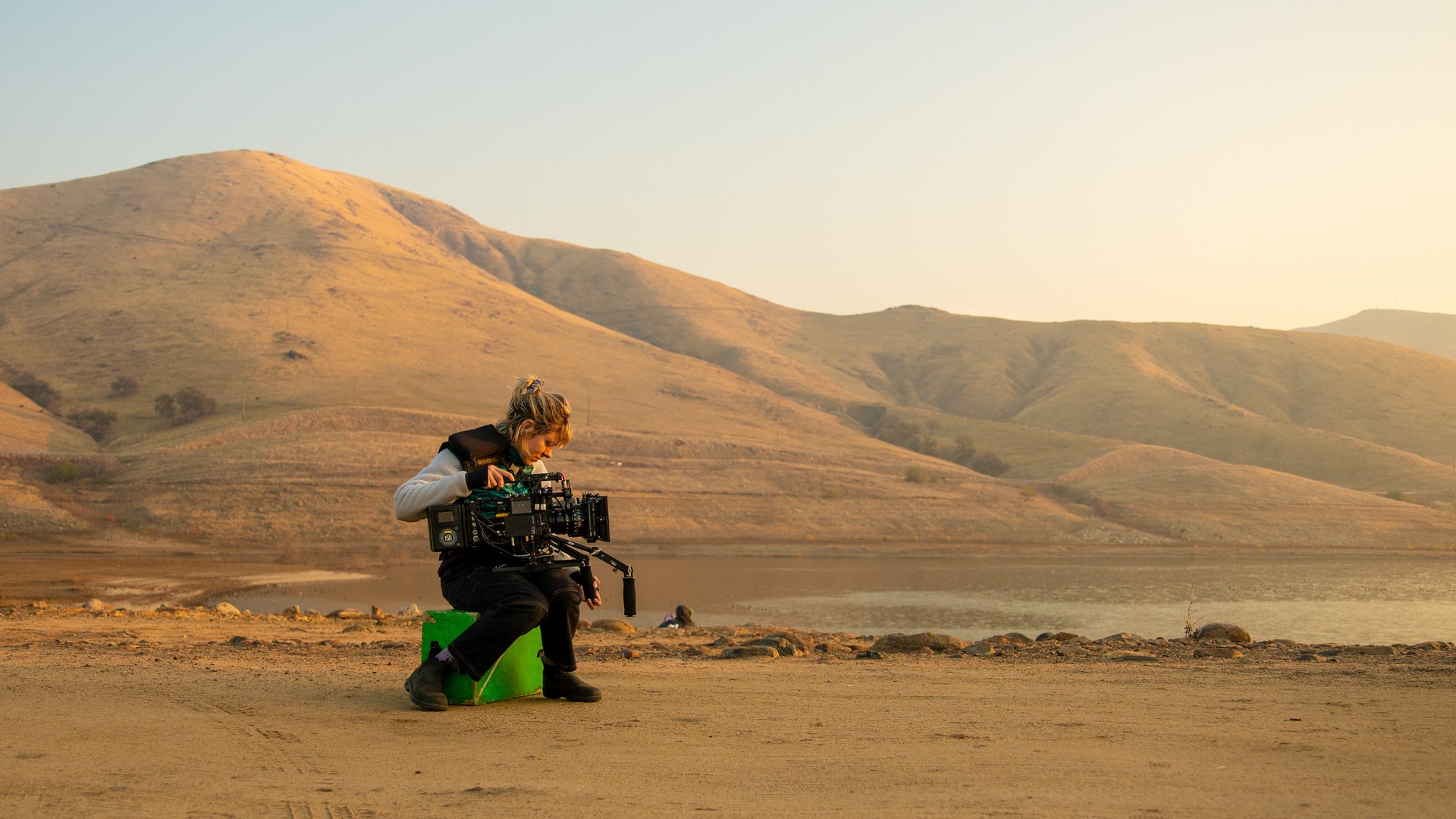 Cinematographer Kadri Koop
Cinematographer Kadri Koop
A Place in the Field premiered in March 2022 at the 37th Santa Barbara International Film Festival as part of the North American Indie Competition slate. Koop is off to new projects, including commercials and music videos with Que Maldición director Jorge G. Camarena, and two feature documentaries set to release later this year.
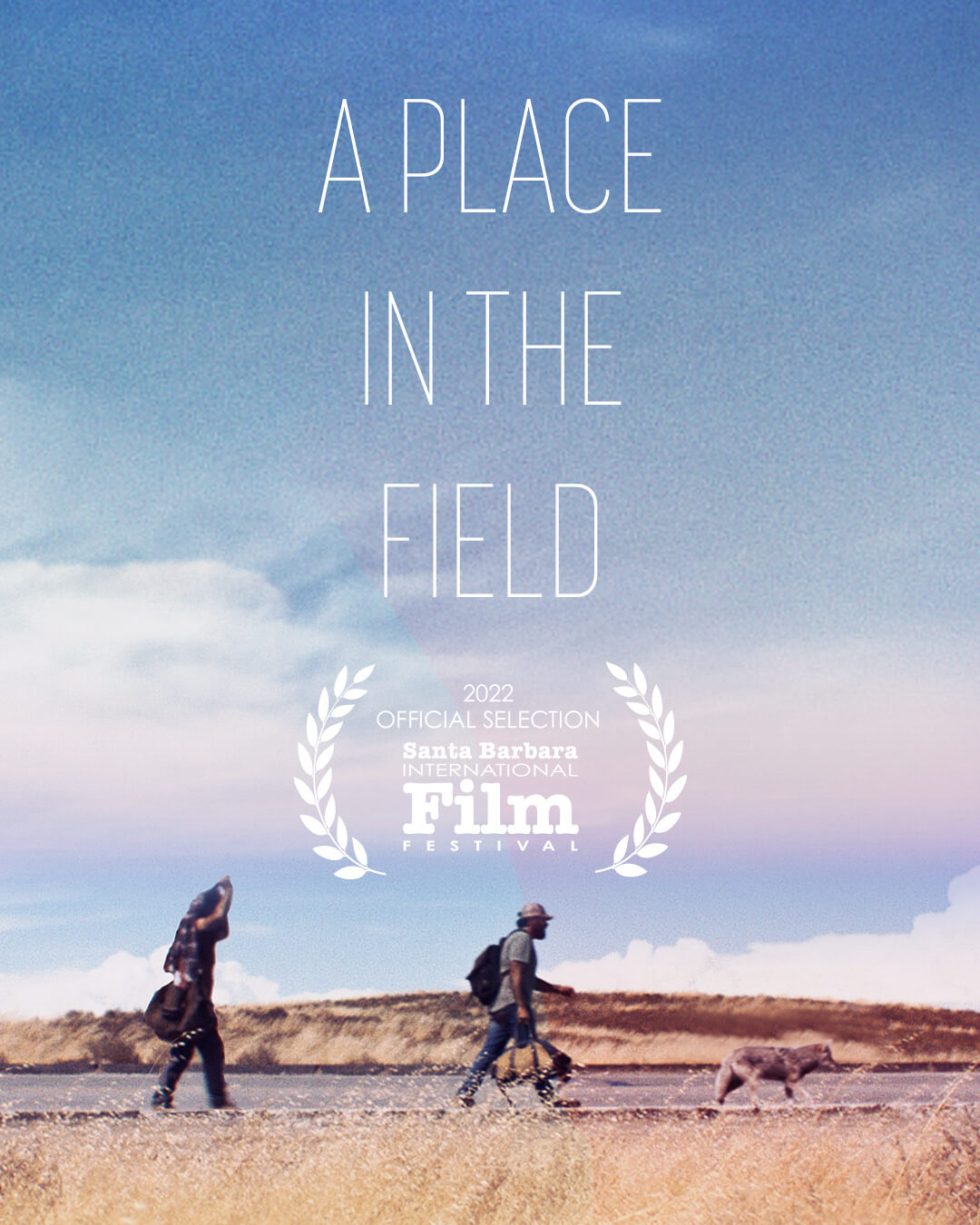
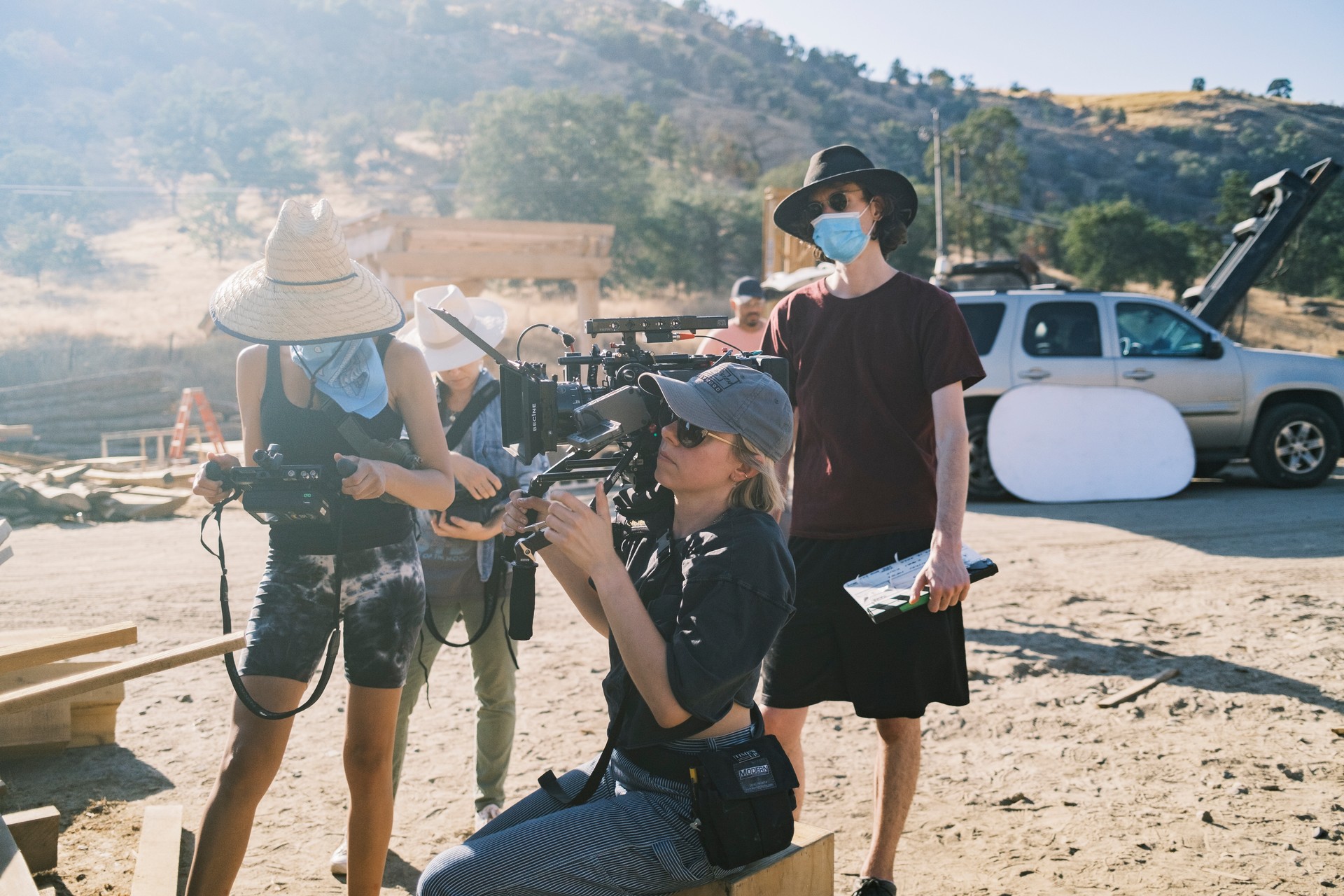
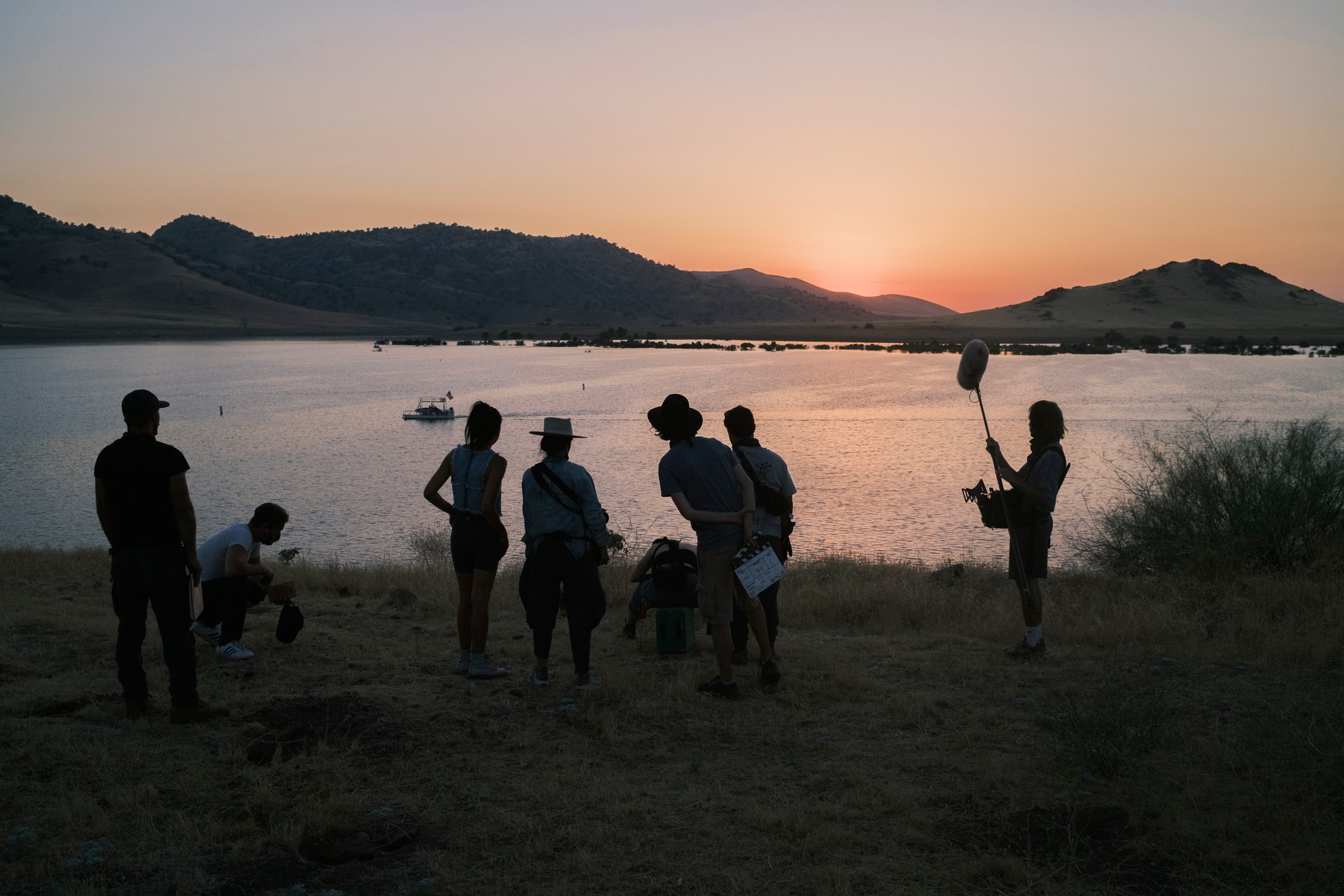
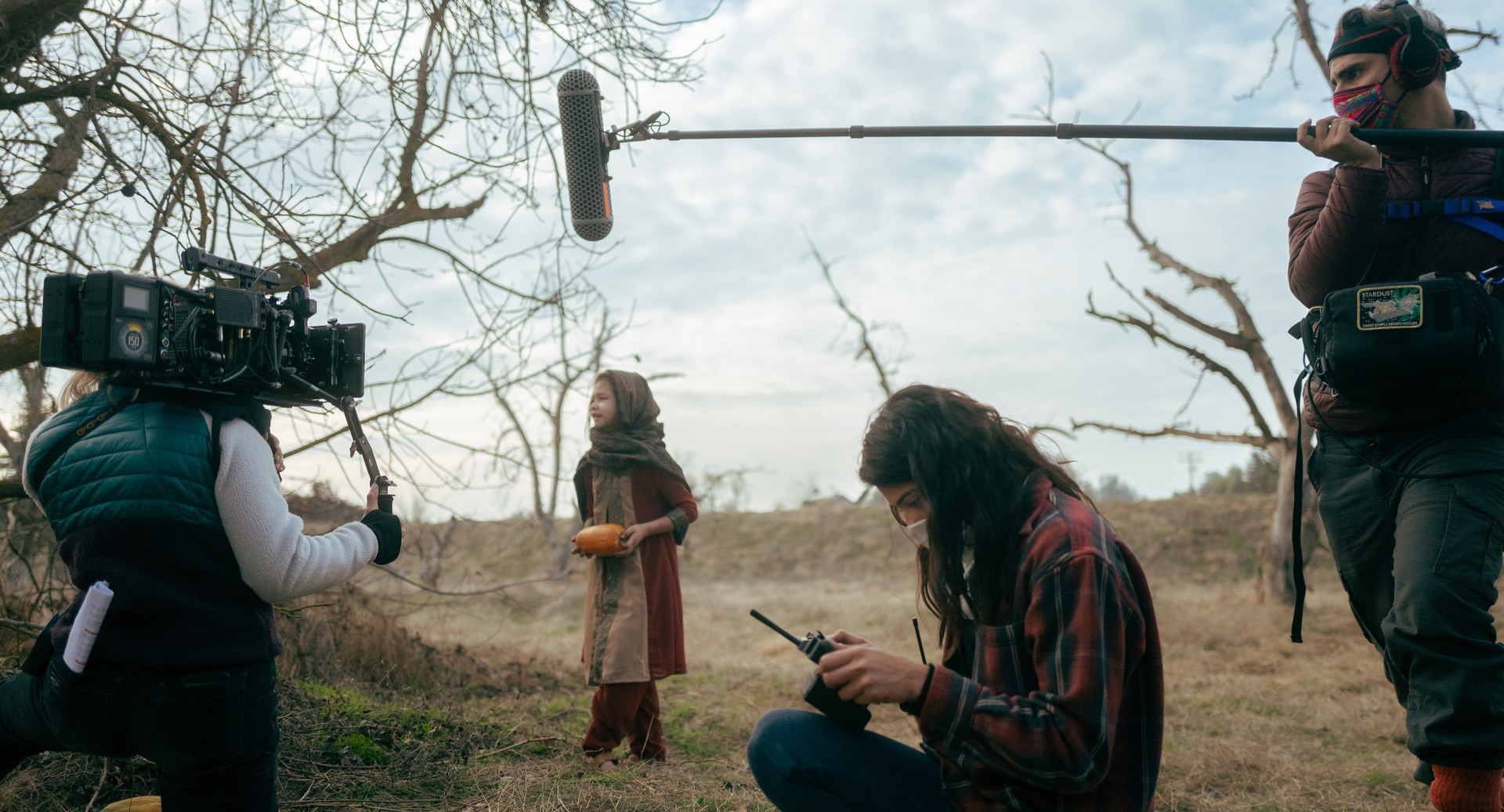
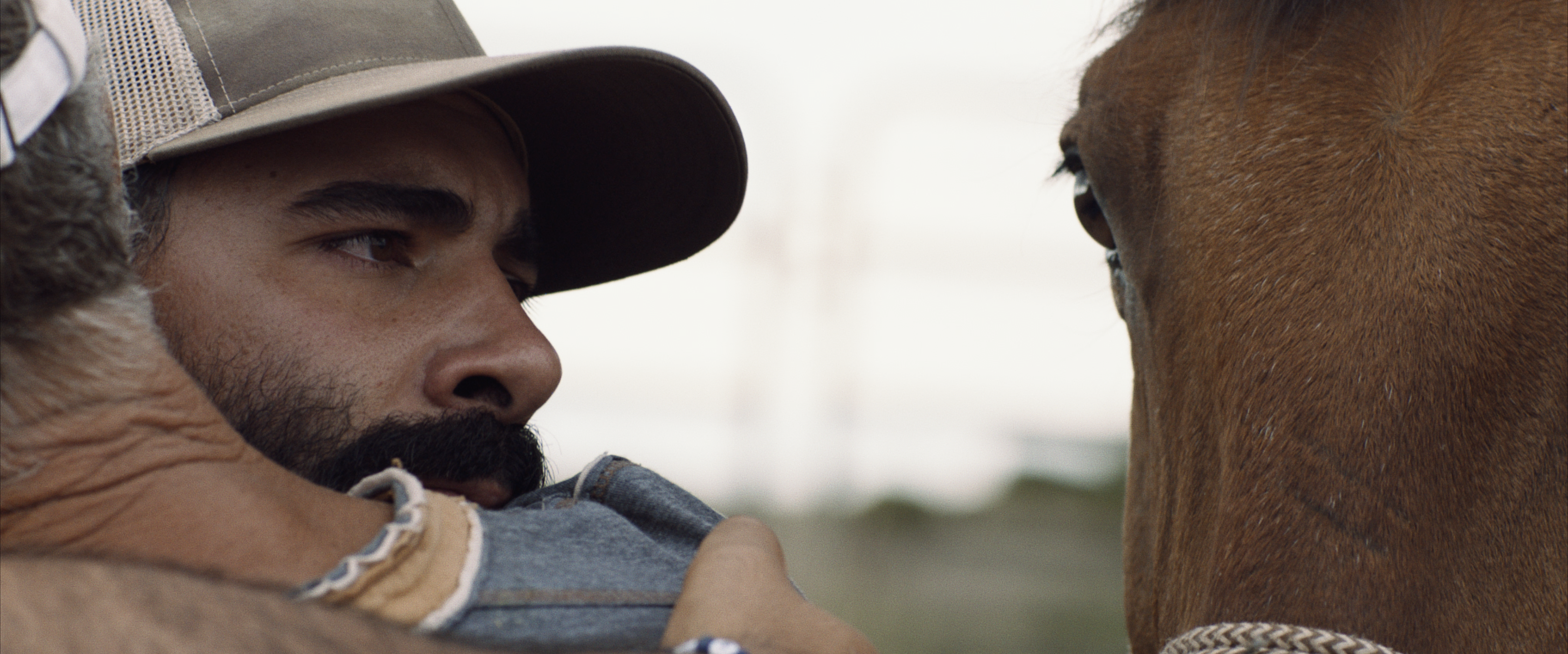
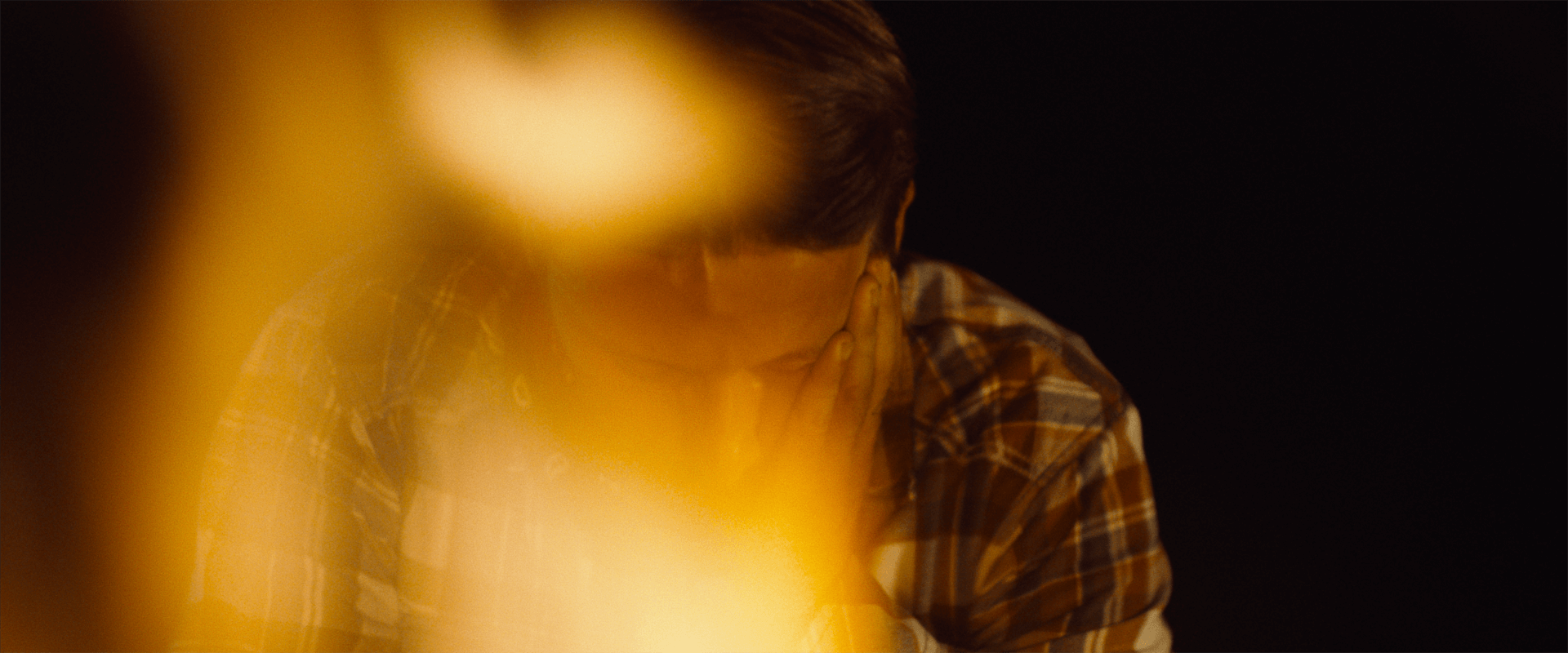
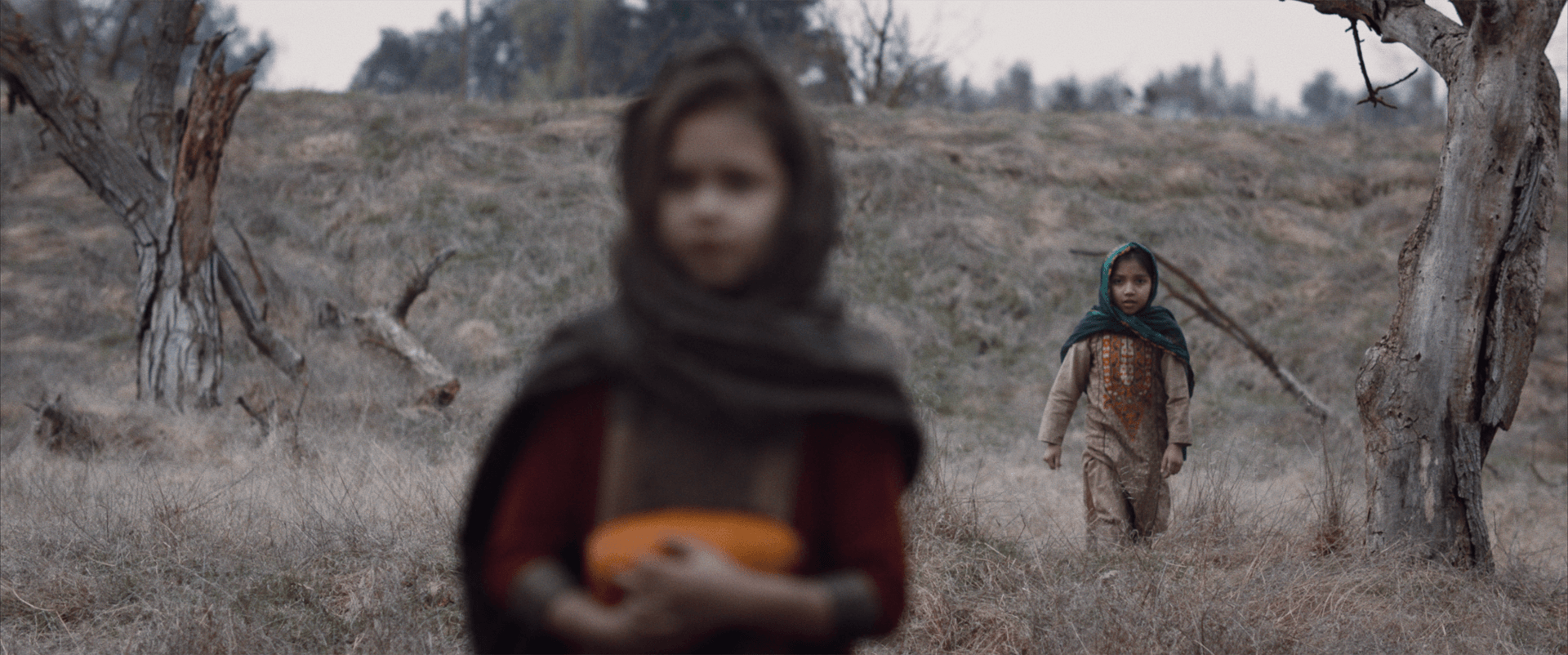
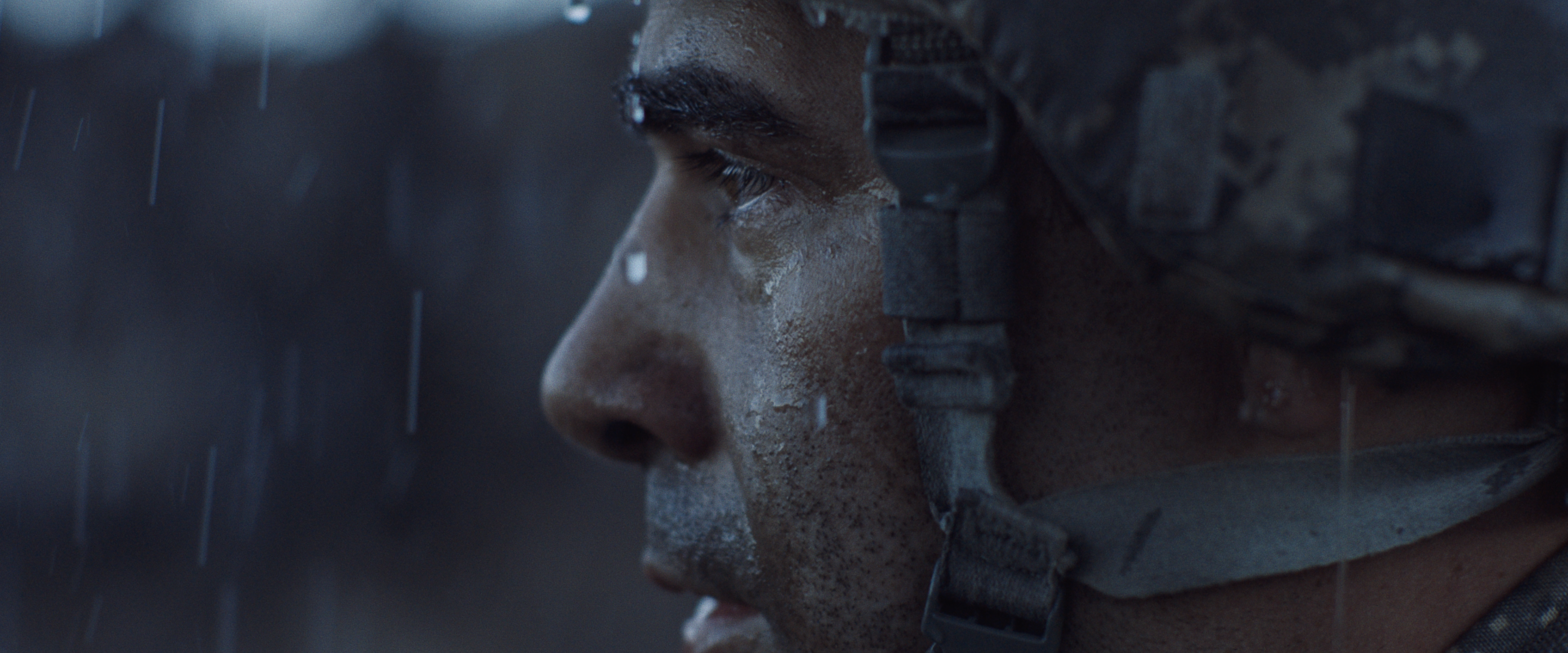
images: Kadri Koop / David Orantes / Kenji Bennett / IMDb